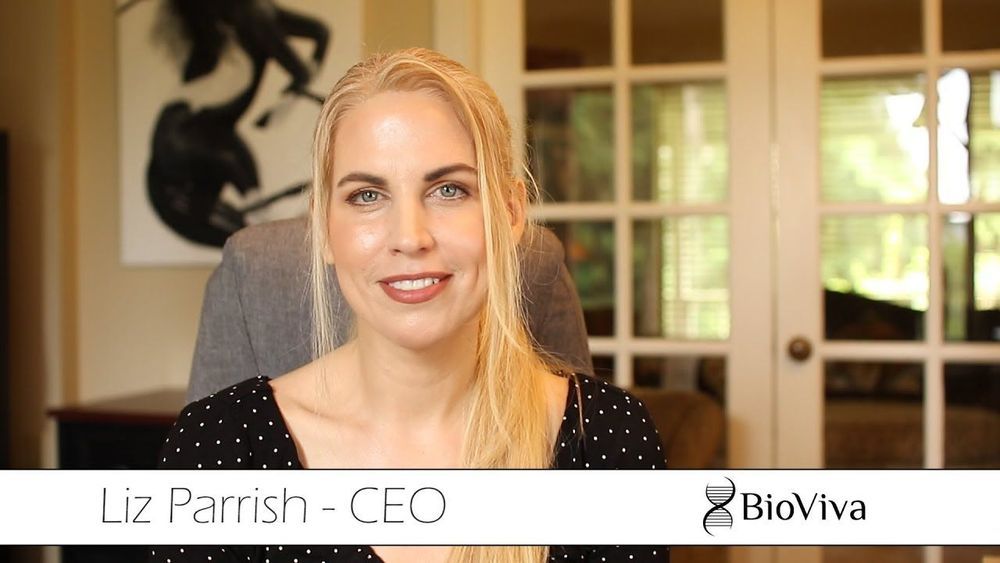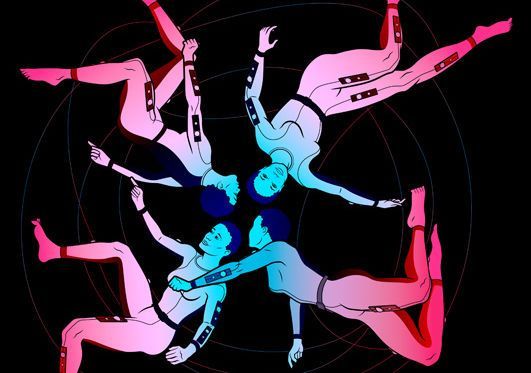Page 8553
May 9, 2019
S-money: Ultra-secure form of virtual money proposed
Posted by Quinn Sena in categories: computing, economics, finance, quantum physics, security, space
A new type of money that allows users to make decisions based on information arriving at different locations and times, and that could also protect against attacks from quantum computers, has been proposed by a researcher at the University of Cambridge.
The theoretical framework, dubbed ‘S–money’, could ensure completely unforgeable and secure authentication, and allow faster and more flexible responses than any existing financial technology, harnessing the combined power of quantum theory and relativity. In fact, it could conceivably make it possible to conduct commerce across the Solar System and beyond, without long time lags, although commerce on a galactic scale is a fanciful notion at this point.
Researchers aim to begin testing its practicality on a smaller, Earth-bound scale later this year. S-money requires very fast computations, but may be feasible with current computing technology. Details are published in the Proceedings of the Royal Society A.
Continue reading “S-money: Ultra-secure form of virtual money proposed” »
May 9, 2019
NRL tests sensor on-orbit the ISS to protect space-based assets
Posted by Quinn Sena in categories: particle physics, satellites
Developed by the U.S. Naval Research Laboratory Plasma Physics Division, in conjunction with the Spacecraft Engineering Department, the Space PlasmA Diagnostic suitE (SPADE) experiment launched from Kennedy Space Center in Florida to the International Space Station onboard the SpaceX Dragon resupply mission (CRS-17), May 4.
Integrated onto the Space Test Program-Houston 6 (STP-H6) pallet, SPADE is designed to monitor background space plasma conditions on-orbit the International Space Station and provide early warning of the onset of hazardous levels of spacecraft charging.
The space environment is filled with a collection of electrically charged particles, plasma, and properties that depend on variable solar conditions. Satellite operations in space require continuous monitored plasma conditions and the results it has on spacecraft.
Continue reading “NRL tests sensor on-orbit the ISS to protect space-based assets” »
May 9, 2019
Researchers develop viable, environmentally-friendly alternative to Styrofoam
Posted by Quinn Sena in categories: bioengineering, materials
Washington State University researchers have developed an environmentally-friendly, plant-based material that for the first time works better than Styrofoam for insulation.
The foam is mostly made from nanocrystals of cellulose, the most abundant plant material on earth. The researchers also developed an environmentally friendly and simple manufacturing process to make the foam, using water as a solvent instead of other harmful solvents.
The work, led by Amir Ameli, assistant professor in the School of Mechanical and Materials Engineering, and Xiao Zhang, associate professor in the Gene and Linda School of Chemical Engineering and Bioengineering, is published in the journal Carbohydrate Polymers.
Continue reading “Researchers develop viable, environmentally-friendly alternative to Styrofoam” »
May 9, 2019
A superior, low-cost catalyst for water-splitting
Posted by Quinn Sena in categories: energy, transportation
In a significant step toward large-scale hydrogen production, researchers at the Indian Institute of Science (IISc) have developed a low-cost catalyst that can speed up the splitting of water to produce hydrogen gas.
Splitting water using electricity is a widely-explored method to generate hydrogen gas, a long sought-after clean power source for fuel cells, batteries and zero-emission vehicles. One of two major reactions involved in this process—called the Oxygen Evolution Reaction—is notoriously slow, restricting the overall efficiency. Researchers have focused on developing better catalysts — materials that can speed up the reaction while remaining neutral. The most efficient catalysts today are made from precious metals such as ruthenium and platinum, which are both expensive and rare.
An IISc team has now developed a low-cost catalyst by combining cobalt oxide with phosphate salts of sodium. The material cost is over two hundred times less expensive than the current state-of-the-art ruthenium dioxide catalyst, and the reaction rate is also faster, says Ritambhara Gond, PhD student at the Materials Research Centre (MRC), IISc, who is the first author of the paper published in Angewandte Chemie.
Continue reading “A superior, low-cost catalyst for water-splitting” »
May 9, 2019
Plants can see, hear and smell – and respond
Posted by Quinn Sena in category: neuroscience
Plants perceive the world without eyes, ears or brains. Understanding how can teach us a lot about them, and potentially a lot about us as well.
May 9, 2019
Tomorrow’s Space Suit: Personal “Gravity Pack” Comes Standard
Posted by Quinn Sena in category: space
May 9, 2019
Denver Voters Support ‘Magic’ Mushrooms
Posted by Quinn Sena in category: law enforcement
Voters in Denver, a city at the forefront of the widening national debate over legalizing marijuana, have become the first in the nation to effectively decriminalize another recreational drug: hallucinogenic mushrooms.
The local ballot measure did not quite legalize the mushrooms that contain psilocybin, a naturally occurring psychedelic compound. State and federal regulations would have to change to accomplish that.
But the measure made the possession, use or cultivation of the mushrooms by people aged 21 or older the lowest-priority crime for law enforcement in the city of Denver and Denver County. Arrests and prosecutions, already fairly rare, would all but disappear.
Continue reading “Denver Voters Support ‘Magic’ Mushrooms” »
May 9, 2019
BioViva — First Gene Therapy To Treat Biological Aging — Patient Zero — Liz Parrish
Posted by Edward Futurem in categories: biotech/medical, life extension, neuroscience

Longevity technology number one, according to the Longevity Impact Forum rating, proven by Patient zero.
Liz Parrish, CEO of BioViva USAa short clip from her gene therapy that she took in 2015 against biological aging. This is the first step to curing diseases like Alzheimer’s disease, heart disease, kidney failure and cancer. If we work toward this goal quickly we could save almost 8 billion people from inhumane and expensive deaths.
https://www.BioViva-Science.com
https://www.Integrated-Health-Systems.com
May 9, 2019
In The Future You May Use Computer-Assisted Telepathy To Communicate
Posted by Shane Hinshaw in categories: computing, neuroscience

Telepathy is no longer the stuff of science fiction, so long as you have a brain-computer interface.
In the first episode of NPR’s Future You with Elise Hu, see how brains directly interact with each other — bypassing the need for language.
















